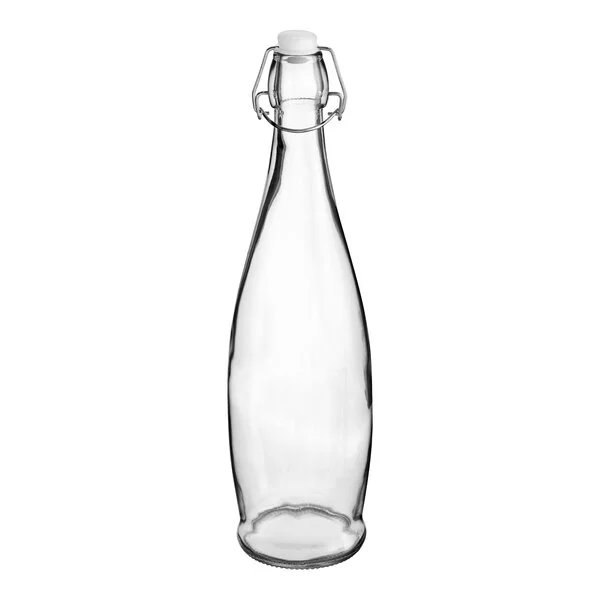the swing tops in dollar stores and craft stores are more for dceoration and flavoring oils and vinegars etc IMO. the tops are especially junky on those.
i had alot of them fail and stopped using them. especially the ones with silicon washers.
View attachment 842414
i have never had luck pressurizing these.
more form then function .
the ones at the hbs i imagine are better quality for beer. the ones i got are ld carlsen and very high quality. thick glass. quality tops.
the ones in the brooklyn hbs i know are also good. not sure if carlsen but i think so. they might be from more beer. also not sure.
the ones on amazon may be more like the craft/ dollar stoe ones idk i havent got bottles from amazon.
the small flensberger are my favorite size cause they pour perfectly into a pint glass in one pour. and flensberger tastes so much better than grolsch.















![Craft A Brew - Safale S-04 Dry Yeast - Fermentis - English Ale Dry Yeast - For English and American Ales and Hard Apple Ciders - Ingredients for Home Brewing - Beer Making Supplies - [1 Pack]](https://m.media-amazon.com/images/I/41fVGNh6JfL._SL500_.jpg)



































